The Rise of AI and Human Enhancement
The Future of Work: How AI and Human Enhancement Will Shape the Workplace
Artificial intelligence (AI) and human enhancement technologies are advancing at an unprecedented rate.
AI is the concept of machines that can learn from experience, and perform tasks that normally require human intelligence, such as visual perception, speech recognition, decision-making, and language translation.
Human enhancement technologies are physical or cognitive tools that augment human abilities beyond what is considered normal or natural.
Examples include exoskeletons to enhance physical strength, and brain-computer interfaces to connect the mind with technology. These advancements have already begun to transform various industries around the world.
From manufacturing to healthcare, businesses are implementing AI and human enhancement technologies to increase productivity and efficiency in their operations. However, these changes also raise important questions about the future of work:
What will work look like in a world dominated by AI?
Will humans still have a place in this new technological landscape?
These questions form the basis for an important conversation about how we can prepare for this future.
Why It Is Important to Discuss Their Impact on the Workforce
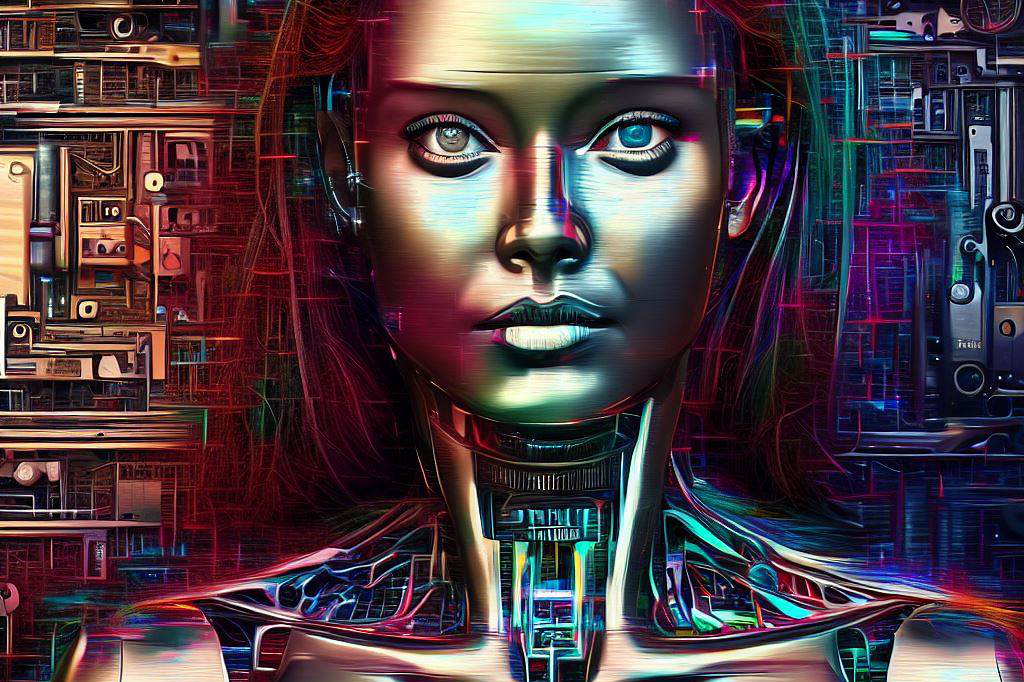
The impact of AI and human enhancement technologies on the workforce cannot be overstated. As more jobs become automated or replaced by machines with greater accuracy and efficiency than humans could ever achieve, many workers face an uncertain future.
It is crucial that we start discussing now how these changes will affect our work lives so we can prepare for a new reality where automation takes over many job roles previously done by humans. We must consider how we will maintain our economic security as more jobs become obsolete.
Furthermore, it’s important to identify potential ethical concerns related to these advancements, which could impact worker safety or privacy rights in unexpected ways. We need clear guidelines on how these technologies may be used ethically within workplaces so they do not harm employees but instead supplement their abilities.
AI and human enhancement technologies have the potential to revolutionize the workplace. While these technologies offer tremendous benefits, it’s important for us to discuss their impact on the workforce ahead of time so that we can create policies and procedures that safeguard our economic security and protect workers’ rights.
Advancements in AI
Artificial Intelligence, or AI, is advancing at an exponential rate. The technology has already made a significant impact on the workforce with its ability to automate repetitive tasks and analyze large amounts of data. However, this is just the tip of the iceberg when it comes to potential advancements in AI.
Currently, most AI systems operate based on pre-programmed rules and algorithms. However, there is a growing focus on developing machine learning algorithms that enable AI systems to learn and improve without human intervention.
This could lead to even more significant advancements in areas such as natural language processing, image recognition, and decision-making.
AI is already impacting the workforce in several ways.
One example of this is automation, where machines take over tasks that were previously performed by humans. This can be seen in manufacturing plants where robots perform jobs that were once done by assembly line workers.
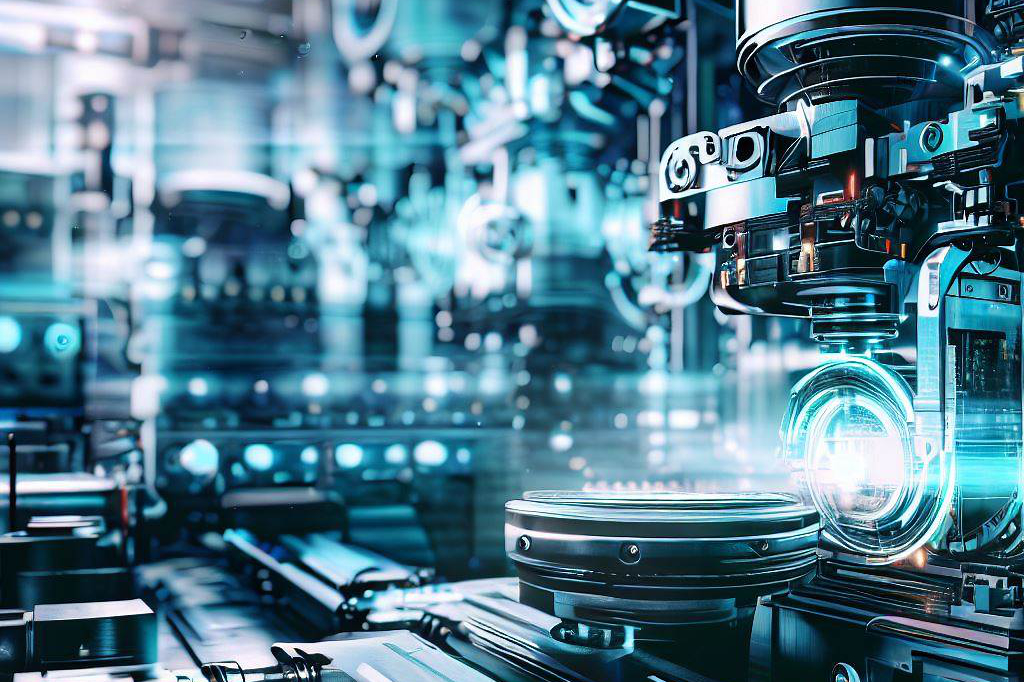
Another example is chatbots which are used by companies to automate customer service inquiries. While some jobs may become obsolete due to advancements in AI technology, others may be created as a result.
For example, there will likely be a growing demand for people who can design and program these systems. Nonetheless, there remains a concern about how many jobs could potentially be replaced by machines over time.
Overall, the advancements being made in AI represent both opportunities and challenges for workers across many different industries. While these technologies can make work more efficient and less physically taxing for some people, they could also lead to significant job loss for others if not implemented carefully.
Human Enhancement Technologies
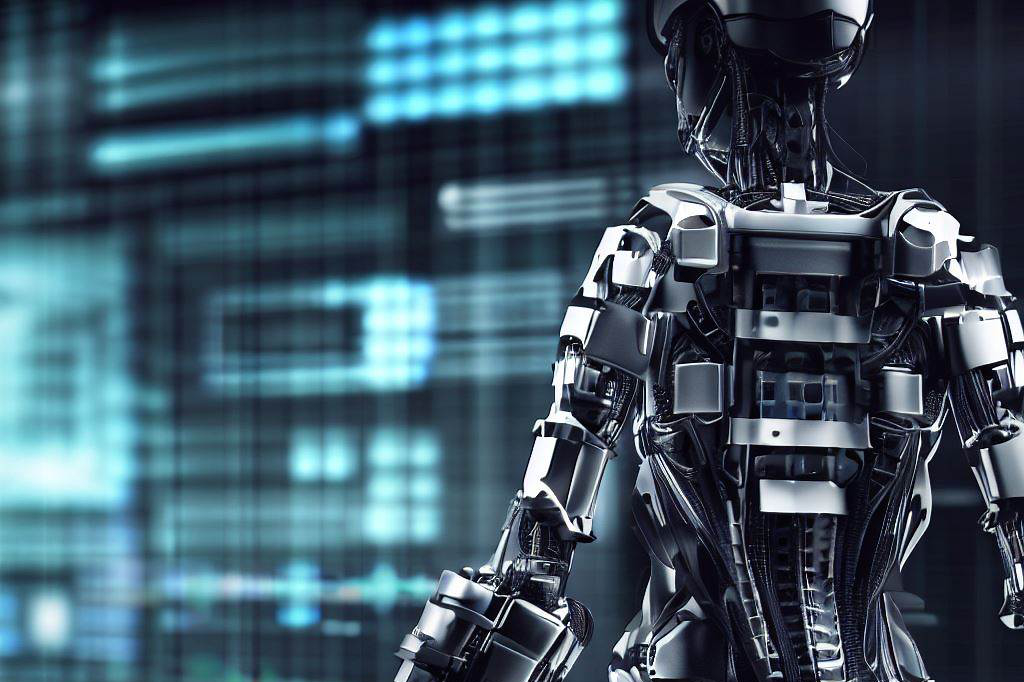
Imagine being able to lift heavier objects than you ever thought possible or having the ability to focus for hours without getting distracted.
These are just a few examples of how human enhancement technologies can improve our abilities in the workplace. Such technologies use physical and cognitive techniques to enhance human performance beyond what is considered normal.
Explanation of Human Enhancement Technologies
There are many types of human enhancement technologies, including exoskeletons, brain-computer interfaces (BCIs), and wearable devices. Exoskeletons, for example, are wearable devices that provide support for workers who need to lift heavy objects or perform repetitive motions.
BCIs allow individuals to control machines with their thoughts, making it possible to complete tasks without using their hands. Wearable devices such as smartwatches and fitness trackers can monitor vital signs and help people optimize their health.
Examples of How These Technologies Are Already Being Used in the Workplace
Many industries are already using human enhancement technologies in various ways.
For instance, exoskeletons have been used by automotive manufacturers to reduce worker fatigue and prevent injuries caused by repetitive motions.
Some construction companies use exoskeleton suits with built-in sensors that monitor workers’ movements and provide feedback on posture and ergonomics.
BCIs have been used in research studies to help individuals with paralysis move robotic limbs simply by thinking about it.
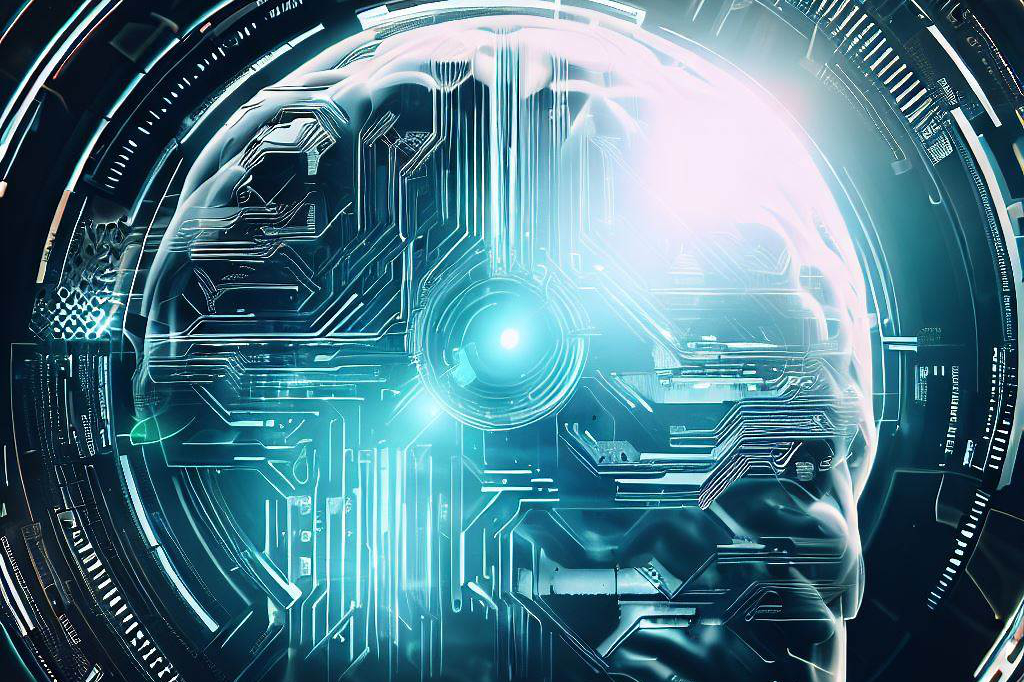
In industry settings, BCIs have helped workers control heavy machinery without using their hands or feet, improving safety and productivity.
Wearable devices such as smart glasses have been used in manufacturing plants to display information about specific tasks directly into the worker’s field of vision, reducing the need for paper instructions or computer screens.
Potential Ethical Concerns Surrounding Human Enhancement Technologies in the Workplace

While there are clear benefits to using human enhancement technologies in the workplace, there are also important ethical considerations to take into account. For example, there is a risk of exacerbating inequality if only some workers have access to these technologies, potentially leaving others behind.
Additionally, there are concerns about the privacy and security of data collected by wearable devices. There is also a risk of physical harm if the technology is not properly tested or regulated.
It is essential to ensure that human enhancement technologies do not exacerbate existing inequalities or lead to new forms of discrimination in the workplace. We must carefully consider the potential risks and benefits before implementing these technologies on a large scale.
Revolutionizing the Nature of Work

Advancements in AI and human enhancement technologies have the potential to completely revolutionize the way we work. With the use of automation, chatbots, and other AI-based technologies, industries can become much more efficient and productive.
And with advancements in wearable exoskeletons, employees can perform tasks that used to be too physically demanding or dangerous for human workers. As a result of these changes, jobs requiring mundane or repetitive tasks will likely be replaced by machines.
This means that industries such as manufacturing or customer service may see a decrease in employment opportunities for humans. However, there is also a possibility for job creation due to the need for individuals who are able to design, build and maintain these machines.
One major advantage of integrating AI into businesses is its ability to learn and improve over time. As machine learning becomes more sophisticated, AI systems could become increasingly autonomous and require less human input for upkeep.
This could lead to significant efficiency gains and free up time for employees to focus on more complex tasks. In turn, this could potentially lead to increased productivity across various industries.
The Potential Job Losses Due to Automation
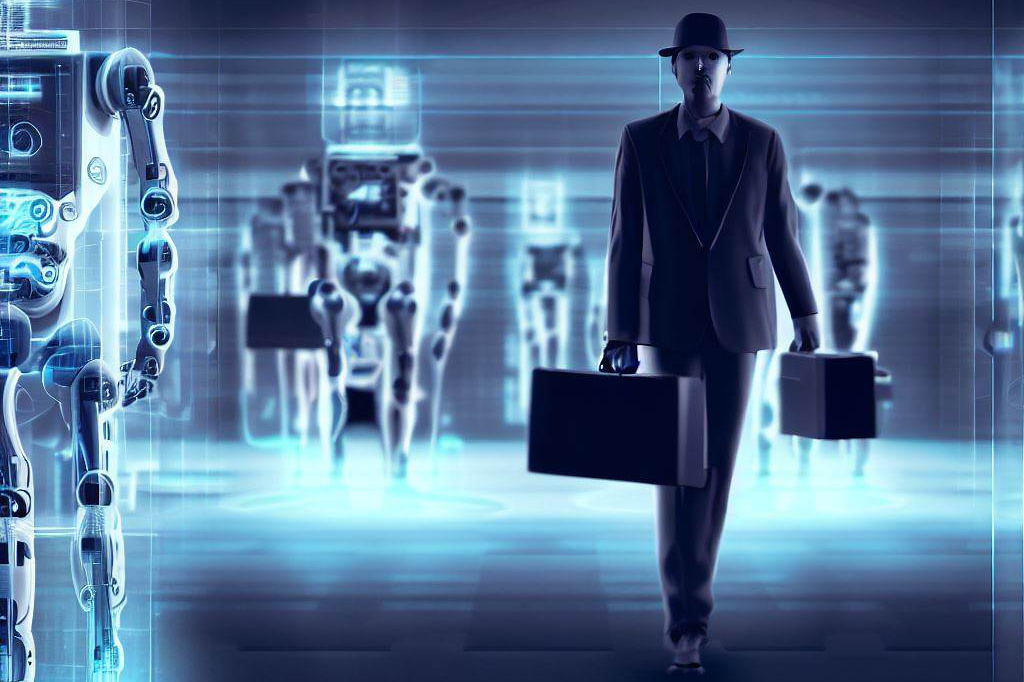
While technological advancements offer numerous benefits in terms of efficiency and productivity, it’s important not to overlook their potential negative impact on employment rates. The implementation of automation means some jobs will inevitably become obsolete as machines are able to complete tasks more efficiently than humans ever could. For example, self-driving cars may eventually replace human drivers causing job losses in driving-related fields such as trucking or taxi driving.
Additionally, automation within factories may lead to a reduction in manual labor jobs related to manufacturing. However, it’s worth noting that technological advancements have historically created new job opportunities even as they eliminated others.
For instance, advances in technology aided by AI have opened up positions such as data scientists or machine learning engineers that did not exist before these innovations. In the future, it’s possible that new positions will emerge as a result of the increased use of AI technologies in business.
Exploring New Job Opportunities
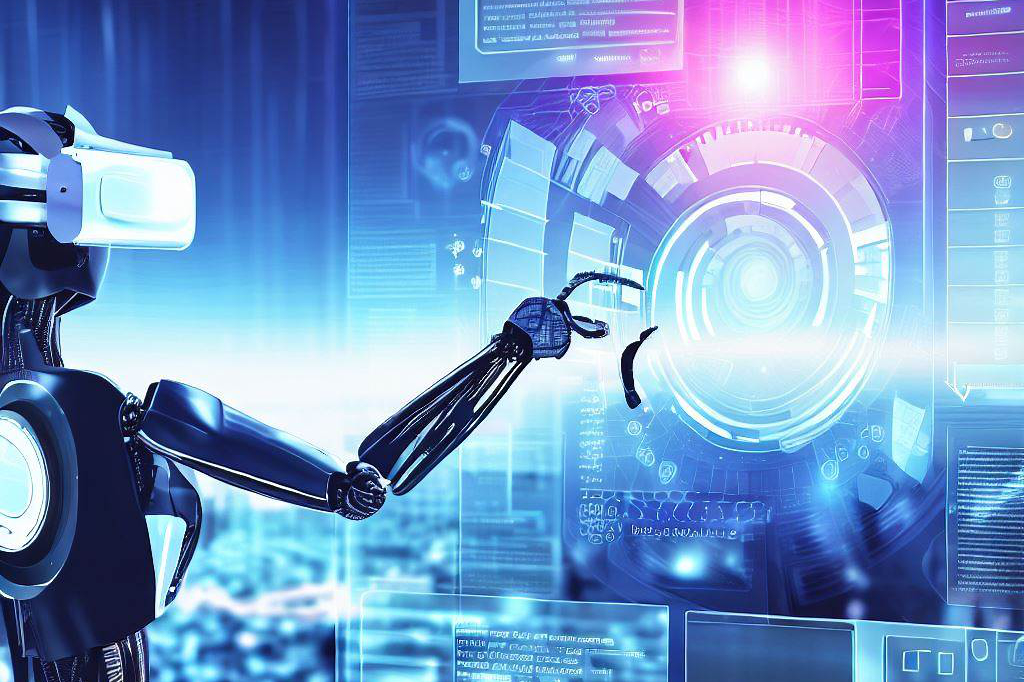
With every advancement in technology, there is an opportunity for new jobs to emerge. As AI becomes increasingly integrated into the workplace, the demand for workers with specialized skills and expertise will increase. For instance, individuals who specialize in programming and data analysis will be highly sought after.
Additionally, there is potential for new job opportunities to arise within industries that were previously unable to utilize certain technologies. For example, wearable exoskeletons could make it possible for individuals with disabilities or physical limitations to perform tasks that were not previously accessible.
Moreover, with automation freeing up time currently spent on mundane tasks more focus can be given on improving customer experience or developing new product lines leading to a greater need for creative minds in various fields such as art or design. Ultimately, while technological advancements may lead to job losses in some areas they also have the potential to create completely new industries and position types which weren’t seen before their introduction.
Final Thoughts on Balancing Technological Advancement with Ethical Considerations for Workers
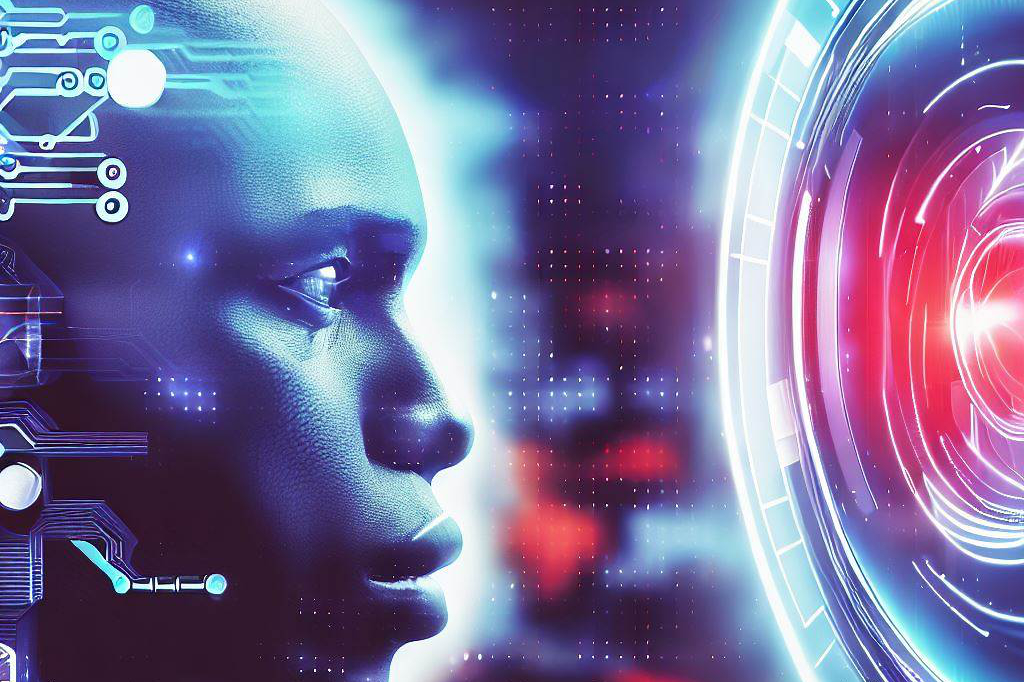
As we move towards a more technologically advanced future, it’s important to consider the ethical implications for workers. While AI and human enhancement technologies offer many benefits, they also pose challenges that need to be addressed. One key consideration is ensuring that workers are not left behind or left out as technology advances.
This means investing in education and training programs that can help people develop skills that are in demand in a rapidly changing job market. It also means companies need to be aware of potential biases that could impact certain groups of workers more than others.
Another consideration is ensuring that human augmentation technologies do not lead to further inequality in the workplace. While these technologies may provide some workers with an advantage, they should not be used to unfairly disadvantage others who do not have access to them.
Ultimately, balancing technological advancement with ethical considerations for workers will require ongoing dialogue and collaboration between policymakers, industry leaders, workers themselves, and other stakeholders. By working together towards a shared vision for a sustainable and equitable future of work, we can ensure that everyone has a chance to benefit from technological progress in meaningful ways.
FAQs
1. What is the impact of AI and human enhancement on the future of work?
– AI and human enhancement technologies are advancing rapidly, transforming various industries worldwide.
2. How can AI be defined and what tasks can it perform?
– AI refers to machines that learn from experience and perform tasks that typically require human intelligence, such as visual perception, speech recognition, decision-making, and language translation.
3. What are human enhancement technologies, and how do they augment human abilities?
– Human enhancement technologies are physical or cognitive tools that enhance human abilities beyond the natural.
Examples include exoskeletons for physical strength and brain-computer interfaces for connecting the mind with technology.
4. How are AI and human enhancement technologies being implemented in different industries?
– Businesses are using AI and human enhancement technologies to increase productivity and efficiency in various sectors, including manufacturing, healthcare, and customer service.
5. What are the concerns surrounding the impact of AI and human enhancement technologies on the workforce?
Questions arise about the future of work in an AI-dominated world, the role of humans in the changing technological landscape, and potential job losses due to automation.
We understand that the impact of AI and human enhancement technologies on the workforce raises several questions and concerns.
To address these, we have compiled a list of frequently asked questions specifically and their answers:
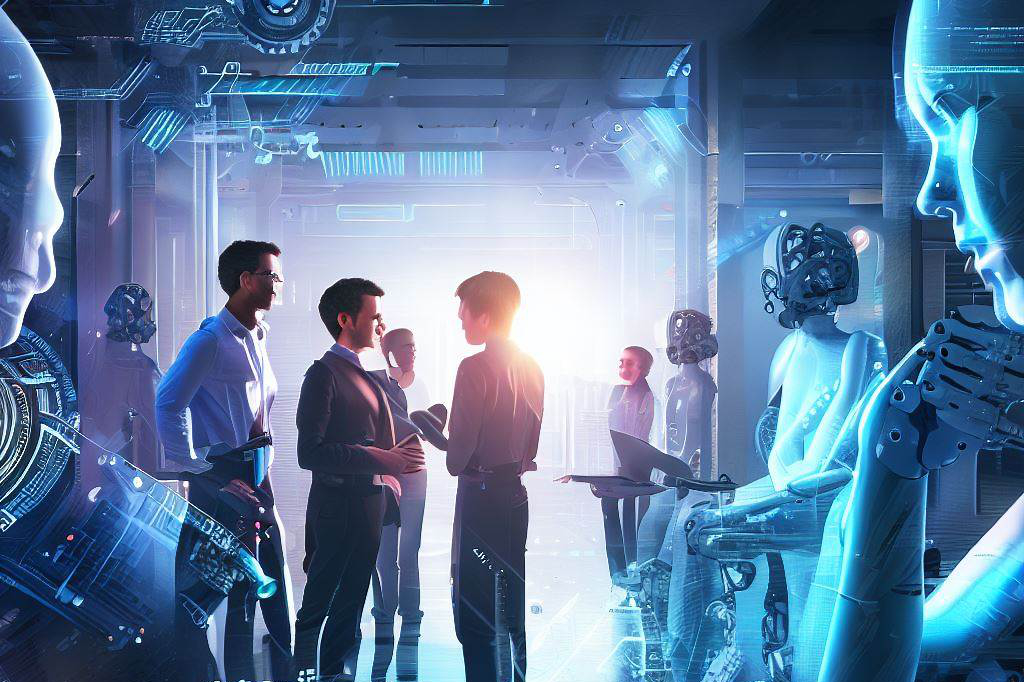
1. How will AI affect employment opportunities?
AI has the potential to automate certain tasks, leading to job transformations and the potential displacement of workers in certain fields. However, it may also create new job opportunities in emerging sectors that require skills in AI development and maintenance.
2. Will human workers become obsolete in a world dominated by AI?
While some tasks may be automated, human workers will still play a crucial role in areas that require
– creativity,
– critical thinking,
– empathy,
– and complex decision-making.
Collaboration between humans and AI can lead to more effective and efficient outcomes.
3. What are the ethical concerns related to AI and human enhancement technologies?
Ethical considerations include the potential for bias in AI algorithms, data privacy and security, equitable access to technologies, and ensuring that these advancements do not exacerbate inequalities or discriminate against certain groups of workers.
4. How can workers prepare for the impact of AI and human enhancement technologies?
It is essential for workers to embrace lifelong learning and develop skills that complement and collaborate with AI systems. Upskilling and reskilling programs can help individuals adapt to the changing demands of the workforce.
5. What measures should be taken to ensure a fair and inclusive future of work?
Policymakers, industry leaders, and organizations need to collaborate in establishing clear guidelines and regulations to ensure the ethical and responsible use of AI and human enhancement technologies. This includes addressing potential biases, ensuring access for all, and protecting workers’ rights.
As AI and human enhancement technologies continue to advance, it is crucial to have an ongoing dialogue about their impact on the workforce. By considering the potential challenges and opportunities, we can work towards creating a future where technology enhances human abilities while maintaining equity, inclusivity, and economic security.
TL;DR
– 💡 AI and human enhancement technologies are advancing rapidly, transforming industries worldwide.
– 💡 AI refers to machines that can learn from experience and perform tasks requiring human intelligence.
– 💪 Human enhancement technologies augment human abilities beyond what is considered normal.
– 🌍 Businesses are implementing AI and human enhancement technologies to increase productivity and efficiency.
– ❓ Important questions arise about the future of work in a world dominated by AI.
– 🤔 Concerns exist regarding job losses, worker safety, and privacy rights due to these advancements.
– 🔝 Advancements in AI have the potential to revolutionize the workplace and improve efficiency.
– 🤖 Automation is already replacing certain tasks previously done by humans.
– 📈 AI offers opportunities and challenges across different industries, impacting workers in various ways.
– 🦾 Human enhancement technologies enhance abilities such as strength and cognitive function.
– ⚙️ Exoskeletons, brain-computer interfaces, and wearable devices are examples of human enhancement technologies.
– 🏭 Industries like automotive and construction are already using human enhancement technologies to improve worker safety and productivity.
– ⚖️ Ethical concerns include potential inequalities and privacy/security issues related to these technologies.
– 🔄 Technology advancements historically lead to job losses but also create new opportunities.
– 🚀 Advancements in AI create new job prospects, particularly in programming and data analysis.
– 💼 Wearable exoskeletons and automation free up time for complex tasks and potentially create new industries.
– 🤝 Balancing technological advancement with ethical considerations is crucial for a sustainable future of work.

C M, a seasoned editor, journalist, and consultant, is deeply fascinated by the convergence of technology, space, and the future of humanity.
With a particular interest in transhumanism, futurology, and the philosophical and ethical dimensions of these domains, C M serves as the lead contributor to TranscendSphere and SpaceSpotlight.
When not penning insightful articles on these rapidly evolving fields, C M indulges in their love for podcasts and books, proudly embracing their status as a ‘Happy Nerd Extraordinaire!’





